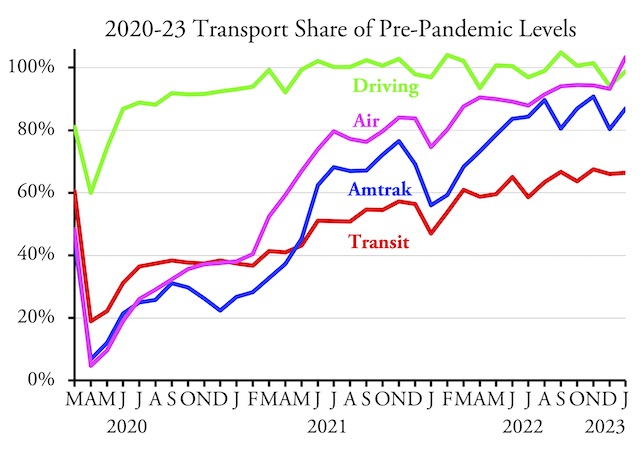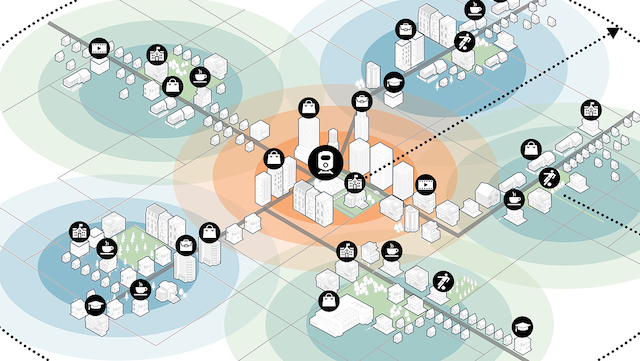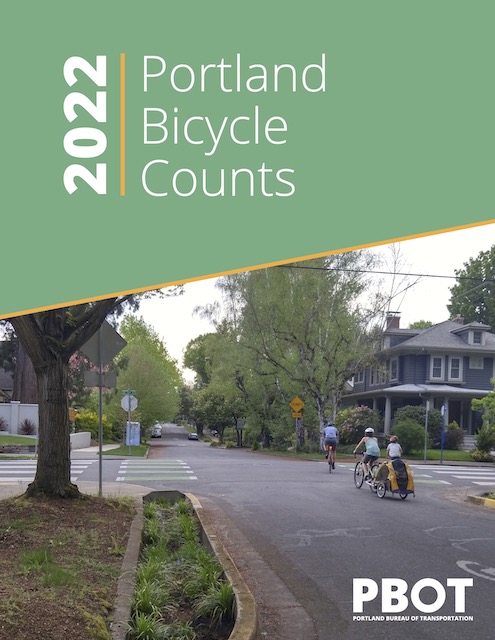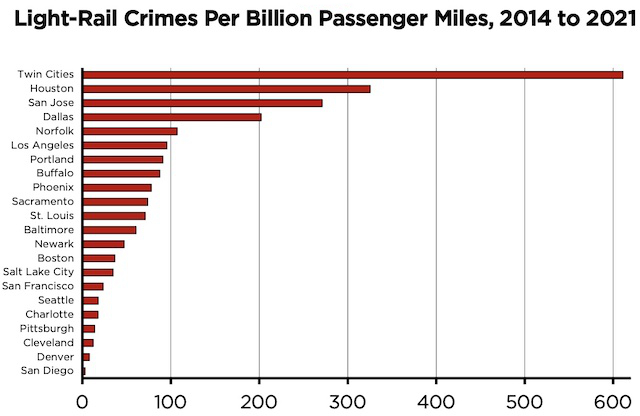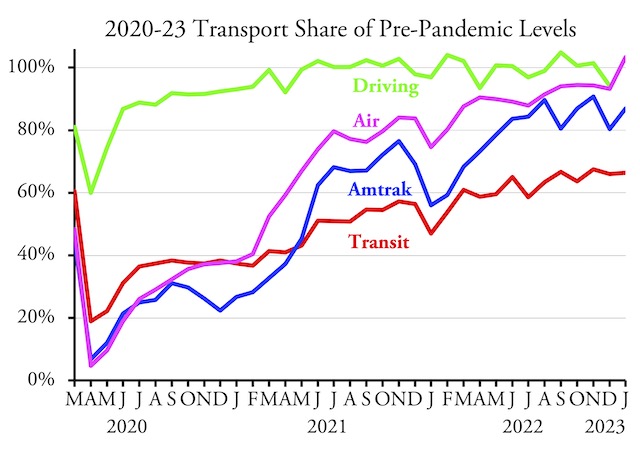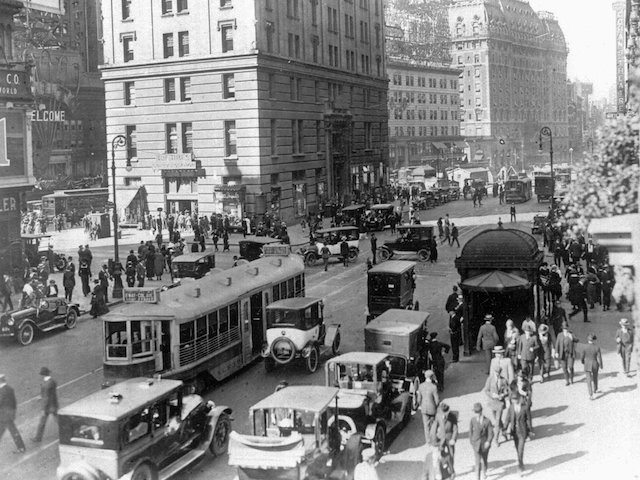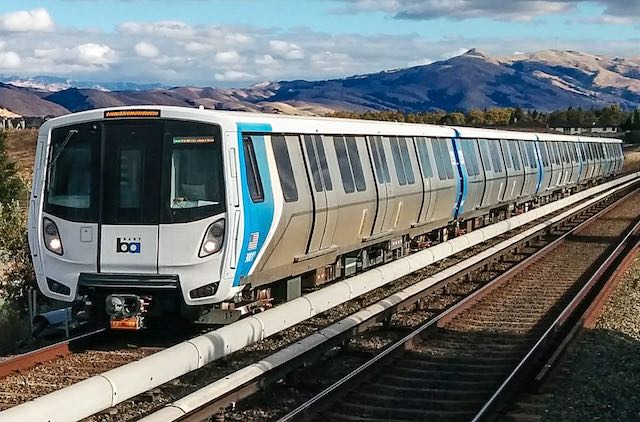On November 2020, in the midst of the pandemic, Austin voters foolishly agreed to raise property taxes in order to build 28 miles of light rail at a projected cost of $5.8 billion. To avoid congestion, the downtown portion of light-rail lines would go through a four-mile-long tunnel.
Artist’s impression of light rail running near downtown Austin.
No one reading this blog will be surprised to know that, in the short amount of time since then, projected costs have nearly doubled to $10.3 billion. Early this week, the city’s transit planners announced a new plan that would build fewer than half as many miles of light rail. Continue reading


